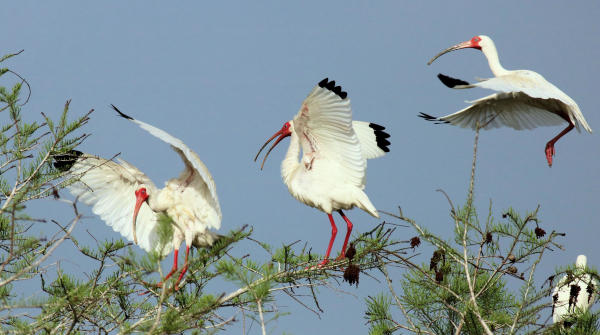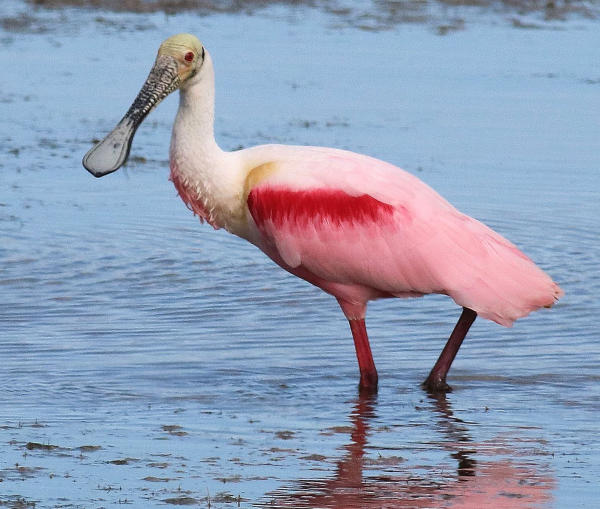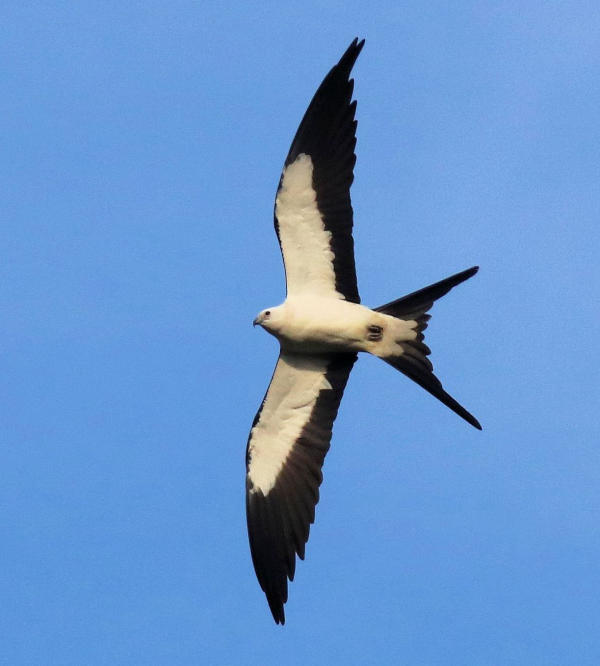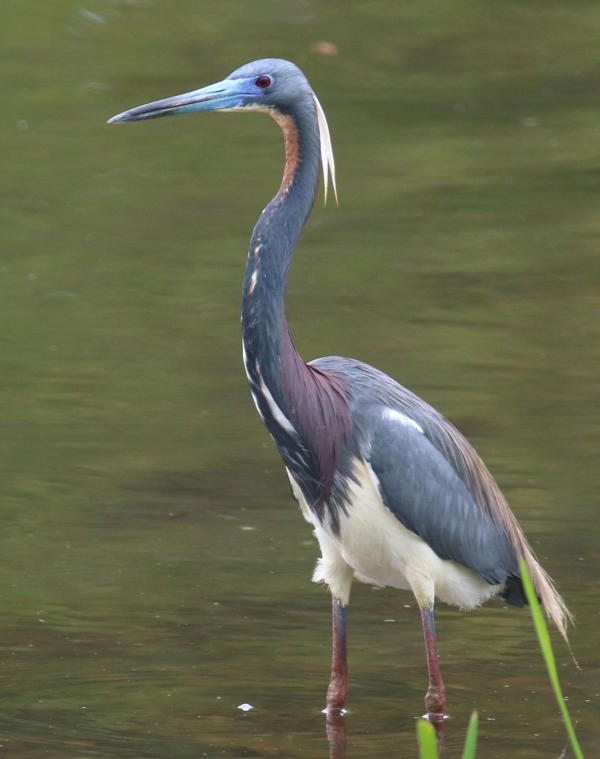
Are you ready for a warm-weather birding adventure this winter? Any trip into the Everglades is a true birding adventure! At the same time, the Everglades are fairly accessible, especially from the Miami side. A paved road leads you from the west side of Miami through the vibrant Everglades wilderness protected by Everglades National Park at the south end of Florida. Water conditions and the season will dictate the variety and abundance of birds, but any day in the Everglades is a great day for birding!
Many of the birds people expect to see are the usually abundant diversity of wading birds, including such exciting species as Roseate Spoonbills, Wood Storks, White Ibis, Glossy Ibis, Tricolored Herons, Little Blue Herons, Green Herons, Reddish Egrets and three species of white egrets – Snowy, Great and Cattle Egrets.
Keep in mind, though, that Little Blue Herons and Reddish Egrets also have white-morph individuals. And be sure to take a second look at the Great Egrets and Great Blue Herons you see in South Florida, for there is an interesting white color morph of Great Blues that resemble Great Egrets, but these individuals can best be separated by their yellow legs and larger size. Another color-morph of Great Blues have an obvious white head and neck, and are often referred to as “Wurdemann’s” Great Blue Herons.

Anhingas and Double-crested Cormorants are more aquatic in their habitat preferences, but not all Everglades birds are associated with water. Many impressive birds inhabit the wooded islands and uplands in the region, including Barred Owls, Red-bellied and Pileated Woodpeckers, Red-shouldered Hawks, White-crowned Pigeons, Laughing Gulls, Fish Crows, Black Vultures and, in season, many colorful neotropical songbirds.
Many birds migrate in and out of the Everglades ecosystem, and my favorite Everglades migrants are Swallow-tailed Kites. If you visit the Everglades today, you have no chance of seeing one, but if you plan your visit for mid-March and thereafter during spring and summer, you should have fine opportunities to see these graceful birds in action. You may see them on a gliding hunt for tree frogs, catching dragonflies in mid-air, collecting nesting material, or simply flying in their gliding, kiting flights.

My favorite time among birds in the Everglades was when I timed my trip to coincide with the arrival of migrating Swallow-tailed Kites in late March. The first couple days provided great observations of Swallow-tails in flight and hunting, and feeding on the wing. But after reviewing my photos, I felt I needed to return for another kite photo session. The next morning looked promising with ample sunlight and scattered kites, but about 10:00 I witnessed and photographed a continuous flight of Swallow-tailed Kites that appeared to be making landfall on the south side of the Everglades, probably making first American landfall after a morning migration flight.
During the next two hours, the kites glided above tree-lined streams into the morning wind, sometimes with as many as 10 Swallow-tails in sight at once. Mosquitos were a factor, but I certainly made the most of the opportunity as more than 200 Swallow-tailed Kites funneled through the area. I stationed myself to take advantage of the best light and kite flights – and what fun I had!
Another species of kites, the rare Snail Kites, which were once known as Everglades Kites, can be seen in the Everglades ecosystem, although they tend to be more likely to be found along Alligator Alley, also known as the Tamiami Trail or Highway 41, which bisects the Everglades east-west through the north side of the national park. Also, keep an eye peeled for a soaring Short-tailed Hawk, a hard to find raptor; and watch for an occasional Magnificent Frigatebird soaring overhead, especially along the south coast of the Everglades.

To get to the Everglades, it’s easy to fly into Miami and rent a car and be in the heart of the national park within a couple hours – maybe less. There are a variety of hotels a short distance from the Everglades entrance gate near the Miami suburb of Homestead. Take food and drinks, preferably in a cooler full of ice, with your favorite hat and plenty of sunscreen and insect repellant in addition to your regular birding equipment. As I write this, many national park services are not functioning due to a government shutdown, but we hope this disappointing situation is remedied quickly.
Wading birds and other species are most colorful during late winter and early spring when they are nesting in the region, so that’s a consideration when timing your trip. Migrating neotropical songbirds and flycatchers will arrive in waves throughout May, but as I noted before, any day in the Everglades is a great day for birding!
Article and photographs by Paul Konrad
Share your birding experiences anytime at editors2tbw@gmail.com
